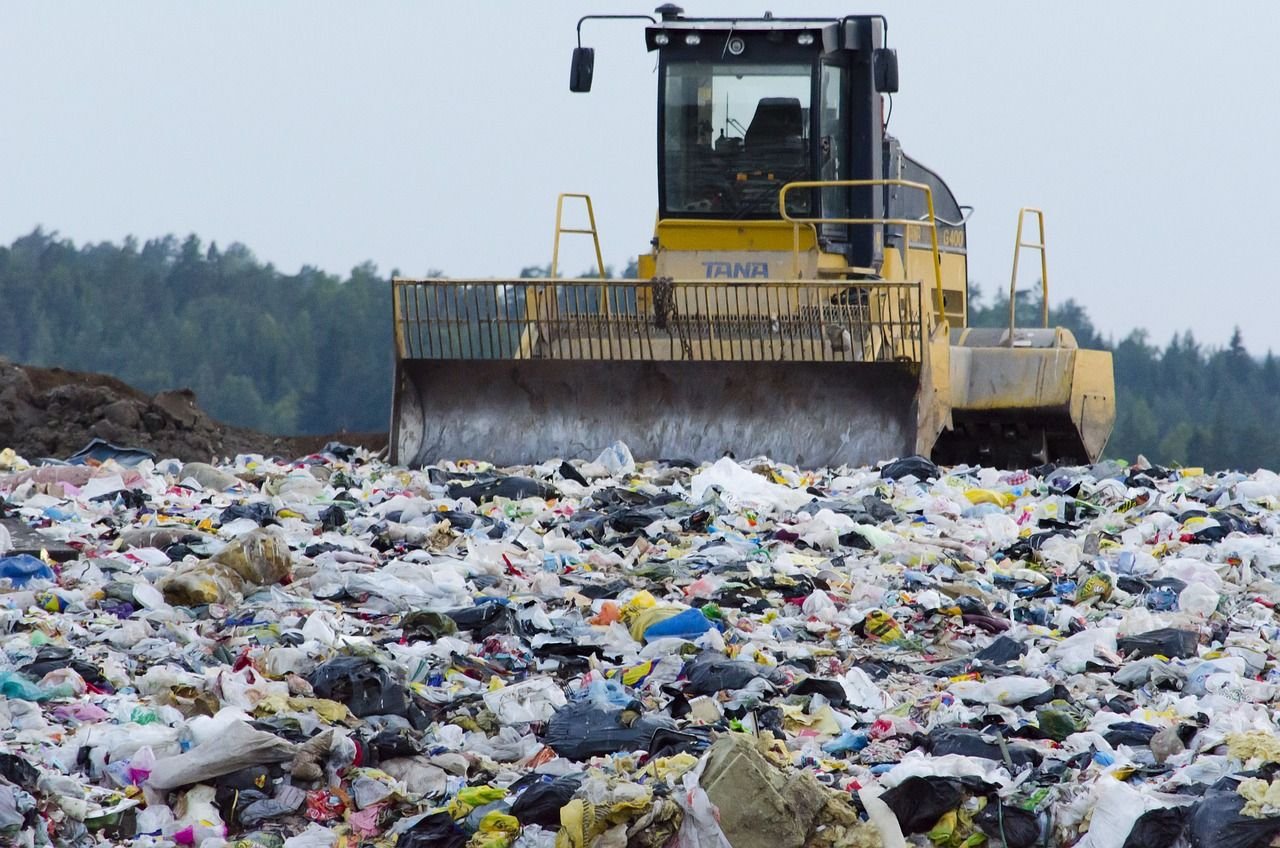Landfills are important places for urban solid waste treatment, but the methane emissions they produce have a negative impact on the environment. In order to reduce methane emissions from landfills, scientists have been working hard to find effective reduction strategies. Among them, using the metabolic activities of microorganisms to control methane generation and emissions is considered a promising method. This article will explore the microbial-driven landfill methane reduction strategy and combine the data from the methane detector to study the interaction between microbial ecology and methane control.
Microbial-Driven Methane Reduction Strategy
Methane oxidation
Some microorganisms have the ability to oxidize methane, which can be converted into carbon dioxide and water. By introducing or enriching these methane oxidizing bacteria in landfills, methane emissions can be reduced. At present, researchers have screened a variety of highly efficient methane oxidizing bacteria and tried to apply them to landfill methane reduction. For example, the growth and activity of methane oxidizing bacteria can be promoted by injecting soil or sewage rich in methane oxidizing bacteria into the landfill, or by regulating the environmental conditions of the landfill.
Inhibition Of Methane Production
Some microorganisms can inhibit the activity of methanogens, thereby reducing the production of methane. For example, some sulfate-reducing bacteria can compete with methanogens for substrates, thereby inhibiting methane production. Studies have shown that adding sulfate to landfills can effectively inhibit methane production. In addition, some researchers have tried to use other microorganisms, such as nitrate-reducing bacteria and iron-reducing bacteria, to inhibit methane production.
Regulating Microbial Community Structure
Methane production and emissions can be changed by regulating the microbial community structure in landfills. For example, increasing the proportion of methane-oxidizing bacteria can reduce methane emissions; increasing the proportion of methane-inhibiting bacteria can reduce methane production. Researchers can regulate microbial community structure in a variety of ways, such as inoculating specific microorganisms, changing environmental conditions, and adding nutrients.
Microbial Interactions
Interactions between microorganisms have an important impact on methane production and emissions. For example, some microorganisms can promote methane production, while others can inhibit methane production. Therefore, methane emissions can be controlled by regulating microbial interactions. For example, some microorganisms that can inhibit methane production can be introduced, or some microorganisms that can oxidize methane can be promoted.
Methane Detection And Microbial Ecological Research
Methane detection is an important means to study the effectiveness of microbial-driven methane emission reduction strategies. By monitoring data such as methane concentration and emission rate in landfills, the effectiveness of emission reduction strategies can be understood and guidance can be provided for optimizing emission reduction strategies.
Application Of Methane Detectors
Methane detectors can monitor methane concentrations in landfills in real time and respond quickly to methane leaks. Some advanced methane detectors also have GPS positioning functions, which can accurately locate the location of methane leaks and provide important information for landfill management. For example, a methane detector with a fast response time of 10 milliseconds can help staff detect methane leaks in a timely manner and take measures to deal with them. In addition, some methane detectors also have data recording and analysis functions, which can provide researchers with detailed methane emission data for evaluating the effectiveness of emission reduction strategies.
Data Analysis
By analyzing the methane detection data, we can understand the effect of microbial-driven methane reduction strategies, and combine with microbial ecology research to gain a deeper understanding of the impact of microorganisms on methane reduction. For example, the change in methane concentration can be correlated with data such as microbial community structure and environmental factors to evaluate the long-term effect and stability of the reduction strategy.
Conclusion
The microbial-driven methane reduction strategy is one of the effective ways to reduce methane emissions from landfills. By gaining a deeper understanding of the interaction between microbial ecology and methane control, more effective methane reduction strategies can be developed to contribute to addressing global climate change. Future research can further focus on the synergy of different microbial-driven reduction strategies and how to combine these strategies with traditional landfill management measures to maximize methane reduction.



